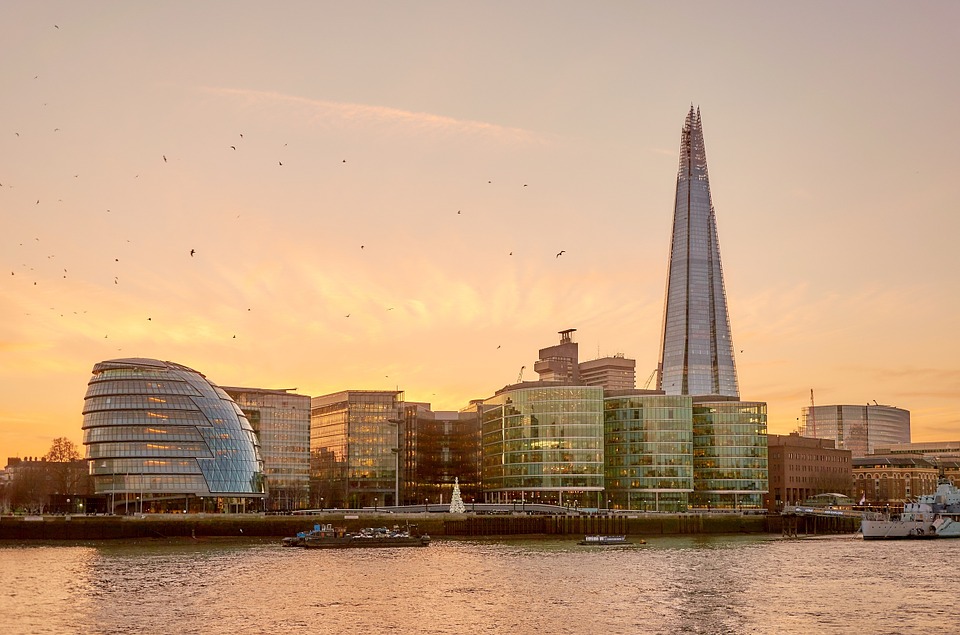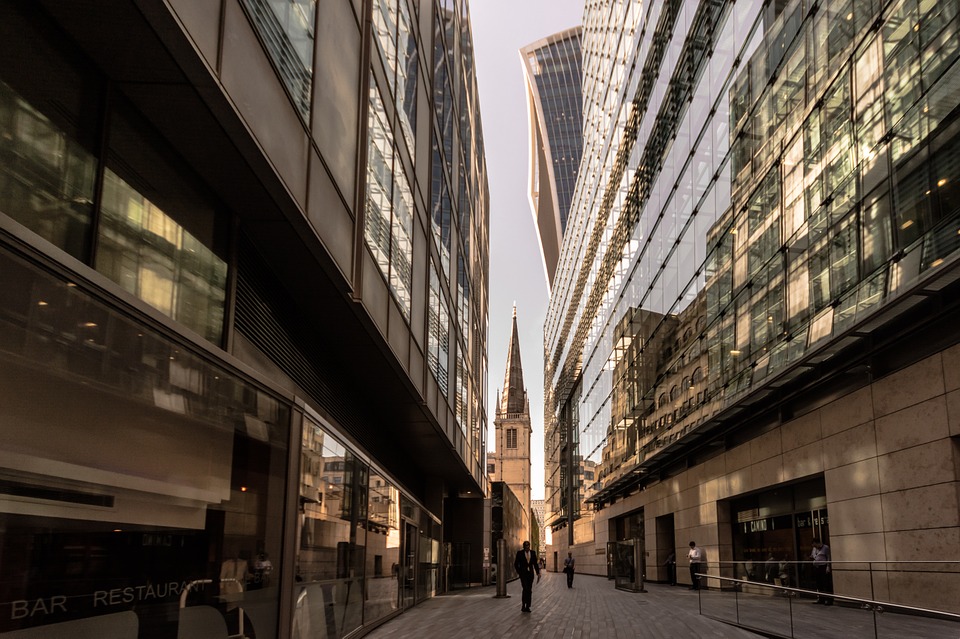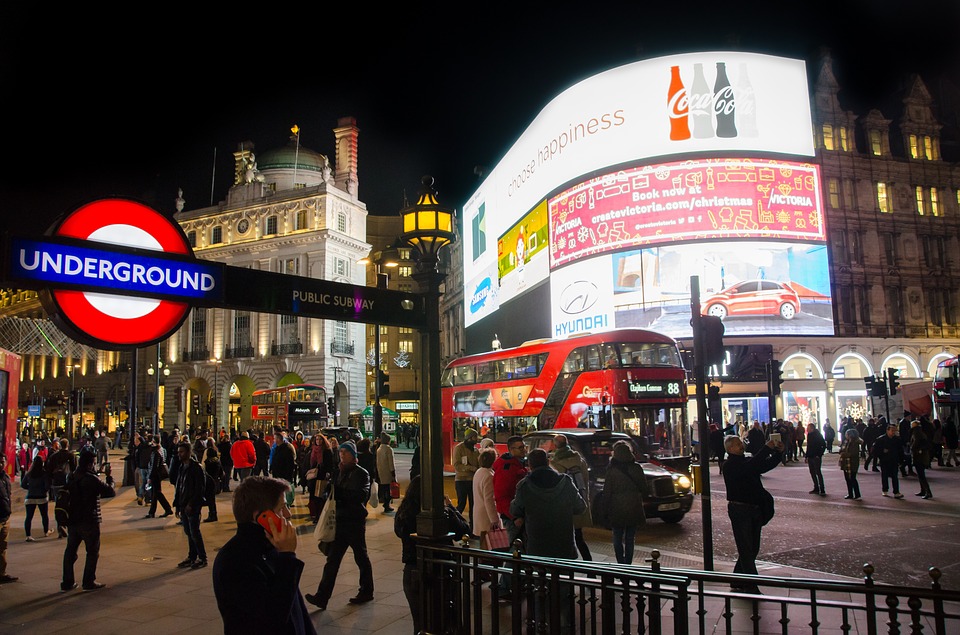The number of commercial rent disputes reaching a third party in Scotland fell to its lowest level for more than five years, according to analysis from Knight Frank.
Figures obtained by the independent commercial property consultancy from the Royal Institution of Chartered Surveyors (RICS) showed that the number of cases being referred to third-party dispute resolution dropped from 169 in 2017 to 123 in 2018 – down just over a quarter, 27.2 per cent.
This is less than half, 42.1 per cent, of the 292 cases that went to independent assessment in 2016. It is also below the figures for 2015 (155), 2014 (125), and 2013 (147).
Independent experts or arbitrators are appointed to cases where commercial tenants and landlords cannot agree on a new rental agreement at a fixed-term rent review date. Typically, these are conducted every five years, depending on the terms of an occupier’s lease.
Most reviews state that the rent can only increase – not decrease. This is distinct from lease renewals, where the parties can agree whatever rent deemed appropriate, subject to prevalent market forces, local supply-demand dynamics, along with other factors.
Andrew Hill, partner at Knight Frank, said: “In the aftermath of 2008, most businesses became used to their rents reducing or staying the same. However, in 2016 we saw a spike in the number of third-party applications, as the market showed continued improvement and landlords in turn became more bullish in their aspirations on rental growth. This was disputed by tenants who had become accustomed to rent stagnation.
“Since then, the occupier market in Scotland’s central belt has become even tighter for both offices and industrial premises. Despite a challenging macro-economic environment, sentiment has continued to improve and there are real constraints on availability. As a result, it looks like we have hit another tipping point: generally, businesses appear more minded to accept rent increases provided there is compelling comparable evidence, as quality space remains at a premium.”
The numbers come against the backdrop of a tightening supply of available office and industrial commercial property space.
In Edinburgh, office lettings completed between January and March 2019 saw Grade A availability fall to only 235,000 sq. ft. – the equivalent of just one year’s Grade A take-up. Knight Frank predicted that, combined with other factors, this will drive prime office rents to £36 per sq. ft. by the end of 2019.
Despite a below-average first quarter for take-up in Glasgow, new Grade A availability – excluding refurbished properties – fell to 33,353 sq. ft. Headline prime office rates currently sit at £32.50 per sq. ft. in the city centre for new accommodation and £30 per sq. ft. at refurbished premises.
Mr Hill added: “Another factor at play is the risk and cost associated with pursuing a third-party award or determination. Arbitrators can attribute near all the third-party cost to the unsuccessful party, which can be a real sting in the tail for an organisation challenging and then losing a case against a rent increase. That can be a real deterrent at a time when much of the comparable evidence supports rent increases in prime locations.
“Of course, it’s not the case across the board. Retailers located beyond the main thoroughfares, in particular, are mostly seeing rents stagnate or even go into reverse. Prime offices and industrial, however, are still subject to a real lack of available space which, all things being equal, should put upwards pressure on rents for the foreseeable future.”
Across the UK, RICS said it had seen an average 6 per cent rise in commercial rent review applications from 2013-2017, while there was a 12 per cent decline over the last 12 months.
A spokesperson for RICS commented: “The commercial rent review market moves with how the economy behaves – the last 12 months have been challenging for the sector.
“There is a significant change in retail habits with increased demand for online purchases, large retailers falling into administration, underperforming retailers being bought out – some at low-cost – and retailers merging operations. Overall, there is a desire for shorter leases and the commercial market has seen parties move towards lease renewals.”
By Andrew Hill
Source: Scottish Legal






